Format: Diagrams

Underground Atlanta Historic District Nomination
National Register of Historic Places Inventory nomination form submitted in 1980. Originally, the two-and-a-half-block area of the Underground district was a part of the larger...
Read More
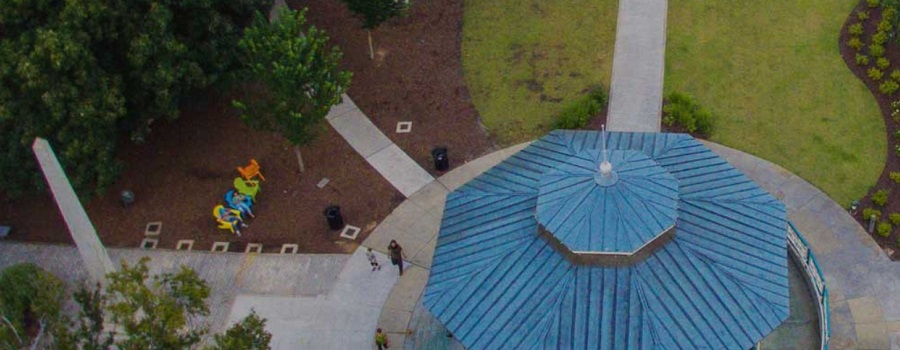
Decatur, GA
Design guidelines prepared by graduate students in the Preservation Planning Class of Georgia State University’s Heritage Preservation Program under the direction of Richard Laub and...
Read More
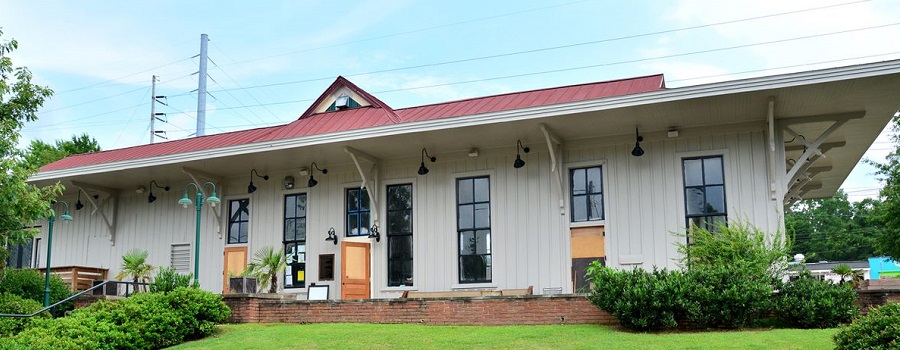
Old Decatur
Prepared by the Spring 2006 Preservation Planning Class. These Design Guidelines explain and interpret general design criteria in the local preservation ordinance in Old Decatur,...
Read More
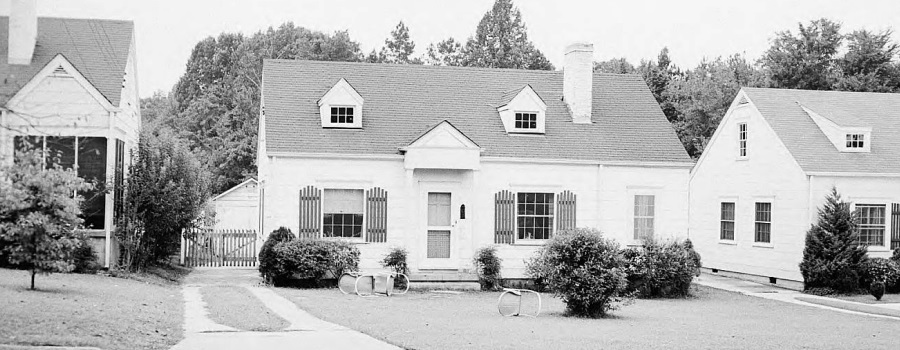
Decatur Northwest Residential Historic District
Prepared by the Spring of 2013 Case Studies in Historic Preservation class. The Decatur Northwest Residential area is an outstanding representation of early to mid-twentieth...
Read More
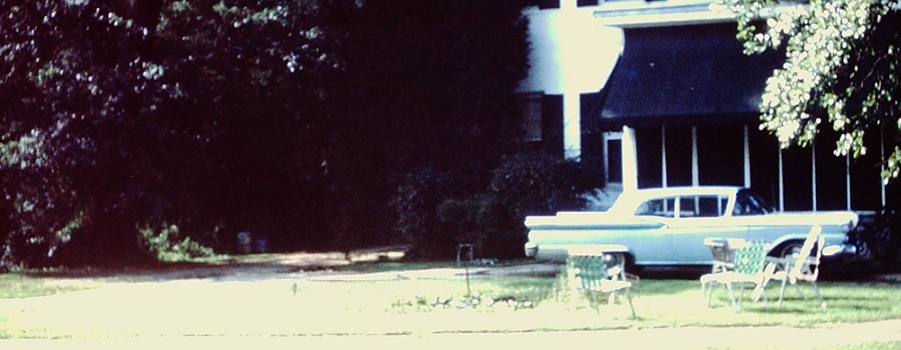
Judge William A. Wilson House
The Judge Wilson House, dating from the mid-1850s, was one of six documented antebellum houses left in Atlanta as of 2015. Contains a historical overview...
Read More

Rhodes Center
Located in Midtown between Peachtree Street and Spring Street and constructed from September 1937 to June 1938, Rhodes Center was Atlanta’s first modern shopping center...
Read More
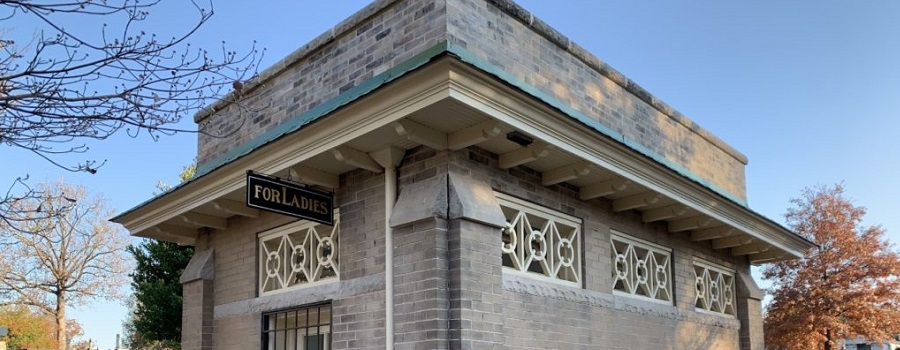
Oakland Cemetery Comfort Station Buildings
Historic Structure Report provides historical context and physical condition of the women’s and men’s comfort stations at Oakland Cemetery, Atlanta’s largest historic cemetery. The comfort...
Read More
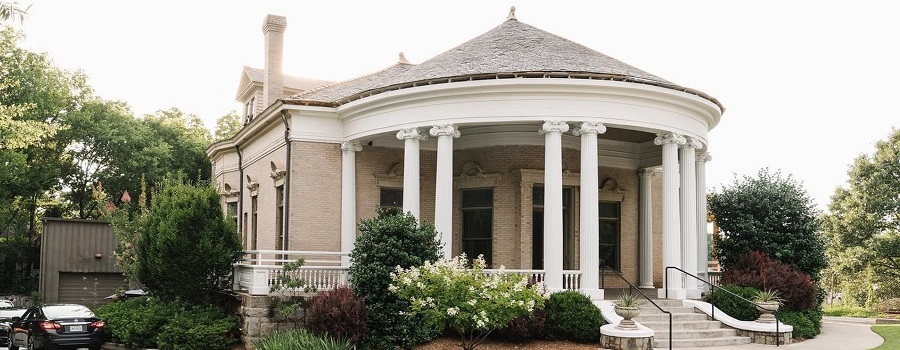
The Wrecking Bar: Volume I
Part one of a historic structure report on the Wrecking Bar, formerly the Kriegshaber House, built in 1900 and located at 292 Moreland Avenue, NE....
Read More

The Wrecking Bar: Volume 2
Part two of a historic structure report on the Wrecking Bar, formerly the Kriegshaber House, built in 1900 and located at 292 Moreland Avenue, NE....
Read More

Virginia-Highland Historic District
Proposed design guidelines for the Virginia-Highland Historic District were developed to promote preservation and rehabilitation of historic buildings and new construction. Presented within are recommendations...
Read More
 Georgia State University Library
Georgia State University Library